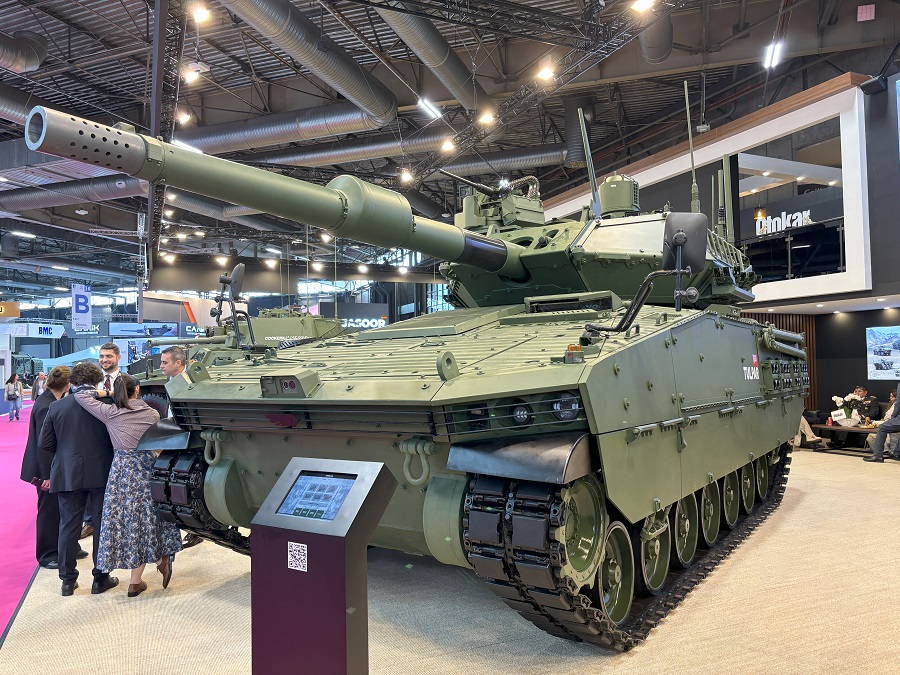Polands Abrams purchases:
- First batch: $4.75 billion USD for 250 plus training, logistics, technical support and ammunition, M1A2 SepV3
- Second Batch: $1.6 Billion for 116 M1A1s, to be upgraded later
K2s:
First Batch: $12.4 billion for 180 K2s, plus 212 K9s and 48 FA-50s, and the myriad other elements needed to bring them into service and support. Possibly $3.4 billion just for the tanks
Second Batch: 180 (plus 81 support vehicles) for $6.5 billion, about a third to be produced locally.
I've seen some other numbers in different articles for K2 costs, but I'm not sure if they were before things were finalized or trying to break out part of the first batch (seen $3.4 billion come up). The second batch is more expensive than the Abrams, but they'll also be the first K2PL variants and first locally built as part of the larger framework for 1,000 K2s, so I imagine there's a bunch of those development and start up costs for the production included in those figures.
Currency conversion also plays a role, as our $5 billion CAD would be about $3.56 billion USD. I'll do conversion to CAD below per unit.
Polish Abrams (all costs included, logistics, ammo, etc): about $26.68 million per, refurbished US stock
Polish K2 (first batch, would also include the various costs to bring it into service): also about $26.68 million per but these are new build
Second batch gets wonky due to support vehicles, R&D and local production
Canadian Leo 2A8 (supposedly): $48.5 million
Dutch Leo 2A8: $33.5 million
Czech Leo 2A8: $52 million
German Leo 2A8: $44.9 million
Procurement costs are always a mess based on what's included, if the Dutch are already comfortable with existing ammo stocks, training and support equipment (or are using German resources for support?) than they'll have a lower cost. Germany is probably paying off some of the development cost in it's initial purchase. Our modernization might include expanded or refurbished facilities, ammo bunkers, simulators, etc, and including additional costs other countries wouldn't. Regardless, I'm curious what Poland's going to end up spending on the remaining 6-700 K2s it wants once local production is up. I think they have a right idea, but even looking at going to 3.5% of GDP on defence our modernization plans are only talking about 2 x heavy units as far as I'm aware, but I rather like the idea of sustained production of 1,000 heavy platforms over a couple decades, for a robust pre-deployed stock, full regiments, training fleet for the school, reserve units with centralized training fleets, and building up a robust war stock (and maybe selling some used as needed). A three way partnership between Korea, Canada, and Poland for K2/K9...K21? for sustained production, war stock, economy of scale, and supply chain redundancy.
EDIT: South Korea's batch 3 of 54 tanks cost them 553 billion won, or about $542 million Canadian, roughly $10 million per which appears to be purely just for the tanks. That was in 2020 for 2023 delivery.

 defence-industry.eu
defence-industry.eu



